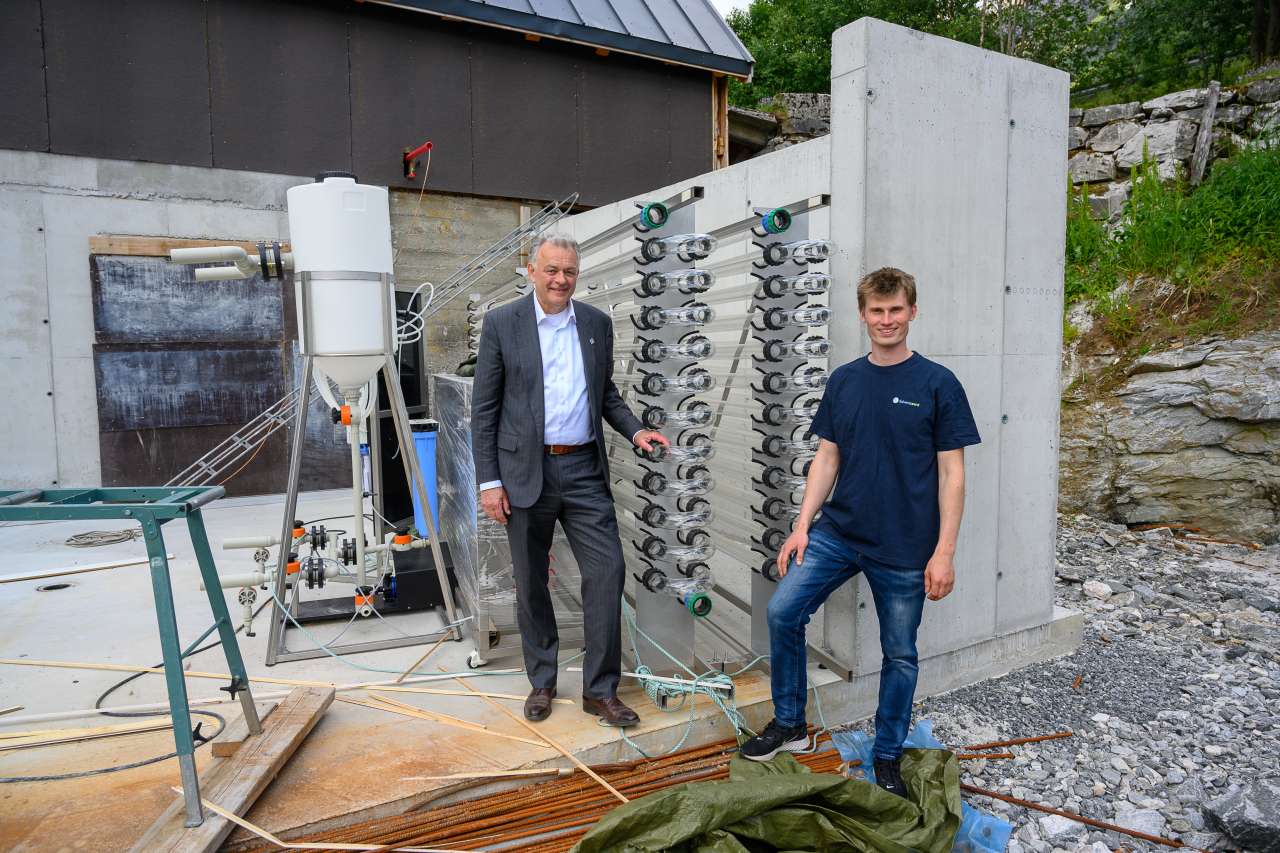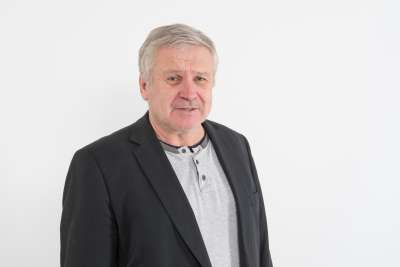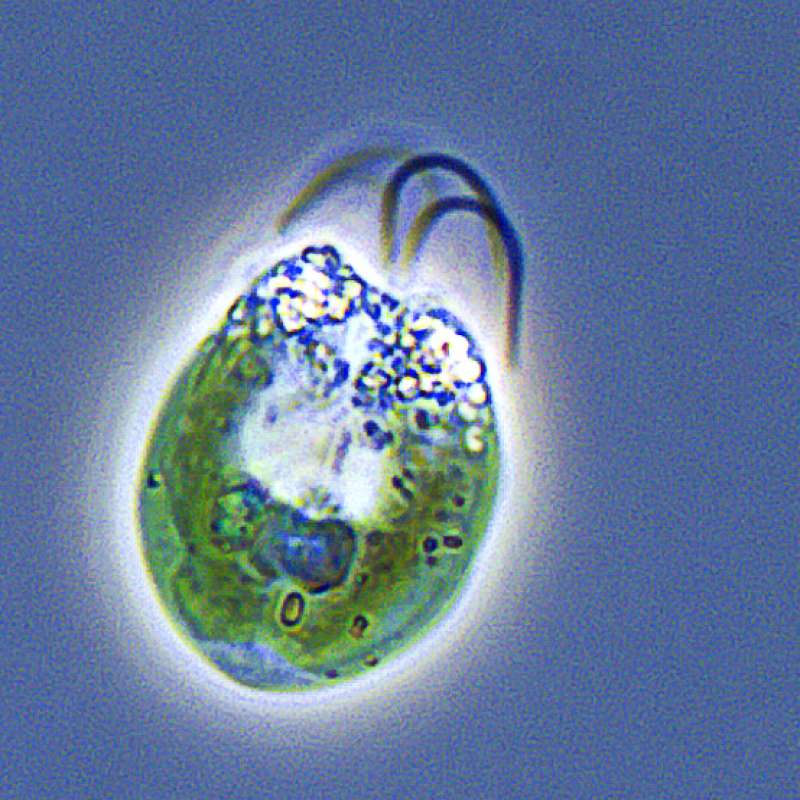Milk farmers with microalgae in tubes

Photo: Erling Fløistad
Can microalgae cultivated in glass tubes represent a financially sustainable supplement to milk production?
Rolf Olav Gjørven (27) has taken over the family farm with its 25 dairy cows at Folven in Stryn. Running the farm will require investment if it is to remain viable. How can he ensure the best possible return on a major cash injection?
The neighboring farms have worked together for generations. For some time, Gjørven’s neighbor Dag Hjelle has been considering how his property could be developed to make better use of local resources.
The two neighboring farms joined forces and set up the company Folvengaard AS. The first tube-based photobioreactors have been installed at the farm. A continuous supply of light and CO2 will allow 750 liters of microalgae culture to be cultivated in the glass tube photobioreactors.
Folvengaard AS is a partner in NIBIO’s A2F research project, Algae to Future.
“In the A2F project, we will develop three value chains for the production of microalgae approved for food or feed, based on contents of starch, proteins and omega-3 fatty acids,” says Project Manager Stig A. Borgvang from NIBIO.
“The social benefits are considerable. The cultivation of microalgae starts at the lowest possible level in the food chain where we can increase primary production without using any agricultural land.”
Microalgae grow when they have access to CO2, water, light and nutrients. In the next development stage at Folvengaard, heat and CO2 will flow from Gjørven’s manure cellar via a biogas plant and into the photobioreactors at Hjelle’s farm. Several species of microalgae can be cultivated in the photobioreactors. Depending on the species and the growth conditions, different contents of starch, proteins and beneficial fatty acids can be produced. Folvengaard AS has not yet decided on which final microalgae-based products they will aim for.
“The microalgae can be used in animal feed or as food,” says Gjørven.
Contacts

Contacts


